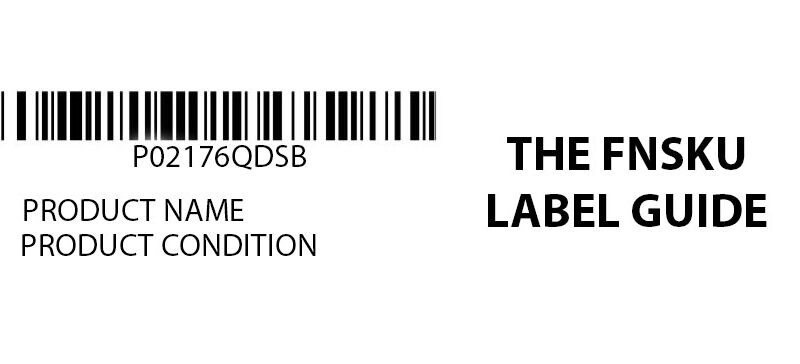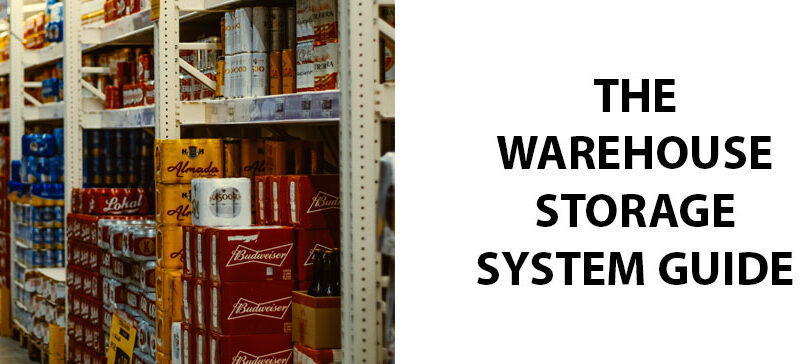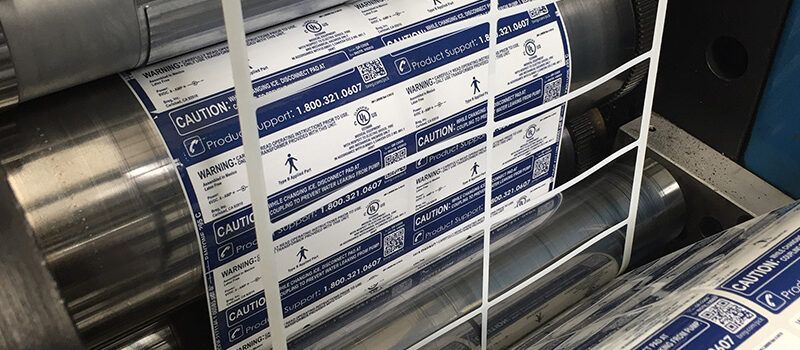If you’re just starting out as an Amazon seller, you’re probably wondering whether or not you need to use FNSKU labels. Fulfillment Network Stock Keeping Unit labels are only used by businesses selling on Amazon. These barcodes are used to track products in Amazon fulfillment centers. Not every seller uses FNSKU labels, however, which can be confusing for those new to Amazon.
To clear up the confusion, we’ve put together this guide about FNSKU labels. We’ll discuss what they are, how to use them, and Amazon’s FNSKU requirements. Plus, we’ll talk about how FNSKU labels are different from UPC and ASIN.
What Are FNSKU Labels?
FNSKU labels, or Fulfillment Network Stock Keeping Unit labels, are unique identifiers that Amazon uses to track products in their warehouses. When you send inventory to Amazon for fulfillment through the Fulfillment by Amazon (FBA) program, you’ll likely need FNSKU labels for each of the products you sell to make sure they are correctly identified and tracked.
The FNSKU label helps Amazon distinguish your product from similar items sold by other sellers, even if the items are otherwise identical. FNSKU labels tie the product directly to you as the seller so that you are credited for the sale.
How to Use Them
Using FNSKU labels is a simple but important step for any seller using Amazon’s FBA service. To begin, you’ll need to create a product listing in Amazon Seller Central. Enable FBA in the listing (rather than FBM, or Fulfillment by Merchant). Select “Amazon Barcode” under barcode preferences rather than “Manufacturer’s Barcode.” Once you launch the product, Amazon will automatically assign an FNSKU to your product.
To download the FNSKU label, go to the “Manage Inventory” section. Find your product, and then click on “Print Item Labels.” This will prompt you to select a label size. Once you choose the size, Amazon will generate a PDF with the FNSKU barcode.
With the barcode generated, you can now print the labels and apply them to your products. Amazon does offer a service where they apply the FNSKU labels, but you can save money by doing this on your own. Place the FNSKU labels over any existing barcodes, such as the UPC from the manufacturer. If you’re shipping a multi-pack or bundle, make sure to apply the FNSKU label to the outside packaging of the entire set, not just individual items. With your products labeled, you can pack your shipment and send it to Amazon for fulfillment.
Tips for Using FNSKU labels:
- Make sure the FNSKU labels aren’t damaged during shipping or handling. Damaged labels can cause scanning issues at the fulfillment center that might mean you aren’t credited for your sales.
- Always double-check that all items have the correct FNSKU before shipping to Amazon.
Amazon FNSKU Label Requirements
When using Amazon’s FBA service, you’ll need to follow Amazon’s specific FNSKU label requirements. Here are some of the key Amazon FNSKU label requirements:
- The barcode must be clear, readable, and scannable.
- The label must be large enough to be easily scanned, with a recommended size of at least 1” x 2-⅝”. However, the exact size can depend on your product and packaging.
- Your FNSKU labels must include the unique FNSKU code, the product title or short description, and the FNSKU barcode.
- Place the label on a flat surface in a visible location on the outside packaging. Do not place the label on a seam, edge, or corner where the barcode could be damaged or obscured.
- The FNSKU label needs to be securely attached with a strong adhesive that won’t peel off during shipping and handling.
- The label also needs to be durable enough to withstand moisture, temperature changes, and friction during shipping and storage.
SKU Labels
An SKU (Stock Keeping Unit) is a unique alphanumeric code (using letters and numbers) used internally by businesses across the world to track specific products and inventory levels. Each product has a unique SKU label with a barcode on it. The SKU is linked to the inventory management system. When the product moves through the warehouse or is sold to a customer, the barcode is scanned so that the business can manage inventory. Sellers typically design their own SKUs and choose which information to include.
SKU and FNSKU labels have a lot of similarities. Both are used as part of an inventory management system. However, FNSKU labels are specific to Amazon’s fulfillment network. On the other hand, retail and e-commerce businesses across the world use their own SKU labels to manage inventory. Because SKU labels are used internally by individual companies, there are no global standards for using them. Each organization can create their own unique system.
ASIN vs FNSKU Labels
ASIN is another acronym you’ve likely come across as a new Amazon seller. ASIN stands for Amazon Standard Identification Number and is used to identify products in Amazon’s catalog.
Every product listing has its own ASIN, but not every product uses FNSKU labels. For example, if multiple sellers are selling identical products, the products will all have the same ASIN. However, each seller will have their own FNSKU labels associated with their specific inventory. This way, the right seller will be credited for the sale. Additionally, the sellers can take responsibility for issues with their product inventory.
Another difference between ASIN and FNSKU labels is how they are used. ASINs help with categorization and search functionality on Amazon. On the other hand, FNSKU labels are only used on the back end to keep track of inventory and credit sellers.
ASINs are used for every product, but FNSKUs are only used on FBA products.
FNSKU vs UPC Labels: What Are the Differences?
UPC labels are another common type of barcode label you’ll come across as an Amazon seller. Both UPC labels and FNSKU labels help identify products and manage inventory, but they are used in different contexts.
UPC labels are used in retail settings across the world. UPC barcodes have global standards that let retailers, manufacturers, and distributors track and manage inventory. The primary purpose of a UPC label is to uniquely identify a product, regardless of where it is sold. On the other hand, FNSKU labels are specifically used to track products in the Fulfillment by Amazon system.
Another main difference between the two is the format. UPCs are purchased from GS1 or an authorized reseller. These barcodes are globally unique to the product and assigned by the manufacturer or brand owner. FNSKUs are only generated by Amazon when a seller opts to use the FBA service. UPCs are globally recognized and scannable, while FNSKU labels are only scannable within the context of the Amazon fulfillment center.
Conclusion
FNSKU labels are unique identifiers used within Amazon’s Fulfillment by Amazon services. These labels help Amazon track inventory and credit sellers when products are sold. If you need FNSKU labels to sell through Amazon’s FBA service, Coast Label is here to help. Using only the highest quality materials, we manufacture custom FNSKU labels that are legible and durable. Contact us today for a free proposal.



